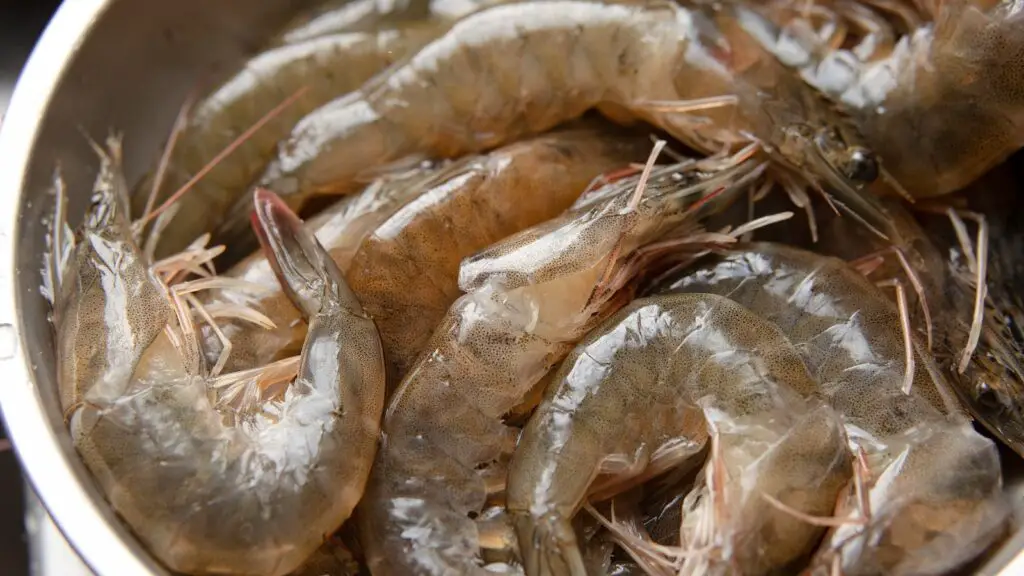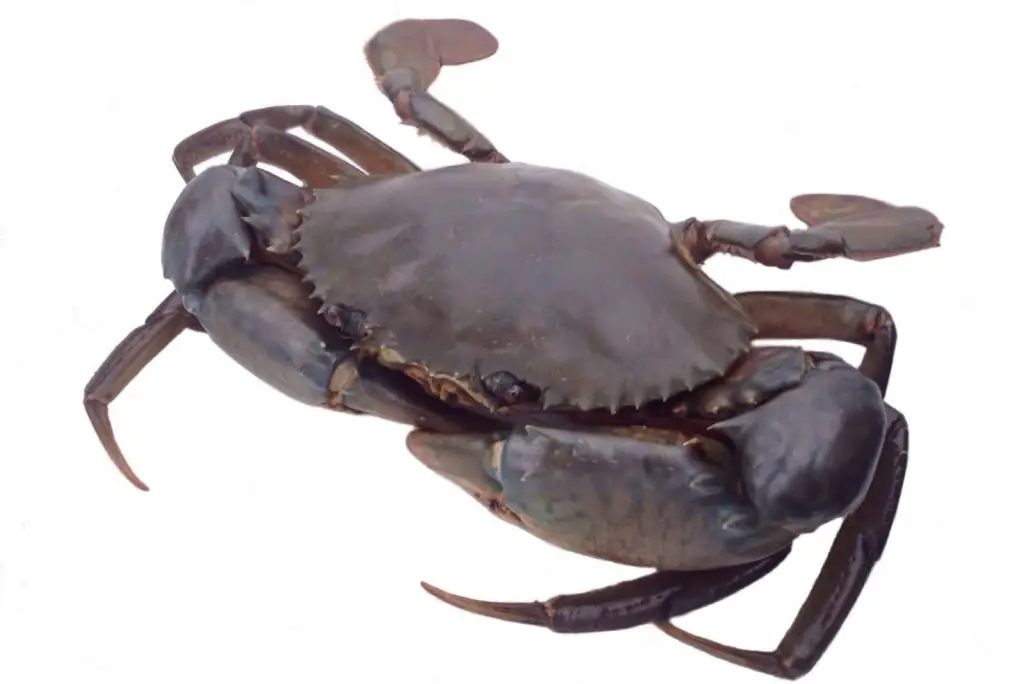
Tilapia, a popular freshwater fish, is prized for its mild taste, versatility, and affordability. Found in both wild and farmed varieties, tilapia is widely consumed around the world and is a staple in many cuisines. With its white flesh and firm texture, tilapia lends itself well to various cooking methods, including baking, grilling, frying, or even being used in fish tacos and stir-fries. Whether seasoned simply with herbs and spices or paired with flavorful sauces, tilapia offers a delicate flavor that appeals to a wide range of palates.
If you have purchased fresh tilapia or caught it yourself and want to extend its shelf life or enjoy it at a later time, freezing can be an excellent option. Freezing tilapia allows you to preserve its freshness, ensuring that you can savor this versatile fish whenever you desire, whether it’s for a quick and healthy dinner or a special seafood dish. In the following section, we will explore the process of freezing tilapia and provide tips for maintaining its texture and flavor after thawing.
Here are the steps to freeze tilapia:
Step 1: Rinse the tilapia under cold running water.
To start, rinse the fish under cold running water to remove any dirt or debris. It’s important to handle the fish carefully to avoid damaging its delicate flesh. Pat the fish dry with paper towels to remove any excess moisture.
Next, remove the scales using a fish scaler or the back of a knife. Scaling the fish will help improve its texture and prevent scales from getting stuck in your teeth when eating. After scaling, use a pair of fish tweezers to remove any bones that may still be present. Tilapia bones are relatively large and easy to remove, but it’s important to take care to remove all bones to avoid any unpleasant surprises when eating the fish.
Do I need to remove the tilapia skin before freezing?
It is not necessary to remove the skin before freezing tilapia fillets, but it is recommended to do so for better preservation. Skin-on fillets are more prone to freezer burn and can affect the taste and texture of the fish. Removing the skin also helps to prevent the buildup of unpleasant odors in the freezer. However, if you prefer to freeze your tilapia fillets with the skin on, make sure to wrap them tightly in plastic wrap or aluminum foil to minimize exposure to air.
Step 2: Cut the tilapia into portions of the desired size.
When cutting the fish, it’s important to use a sharp knife to prevent tearing or damaging the delicate flesh. If you’re freezing a whole fish, start by removing the head, tail, and entrails. This can be done using a sharp knife or kitchen scissors. Once the fish is cleaned and prepared, it can be cut into fillets, steaks, or any other portion size you desire.
It’s important to remember that the size of the portions will affect the time needed for thawing and cooking. Smaller portions will thaw more quickly and cook more evenly than larger ones. Additionally, it’s a good idea to keep the portions similar in size to ensure even cooking.
Step 3: Wrap each portion of the fish in plastic wrap.
The next step is to wrap them tightly to prevent freezer burn. Freezer burn occurs when food is exposed to air in the freezer, causing moisture to evaporate and the texture and flavor of the food to deteriorate.
To wrap the fish, you can use either plastic wrap or aluminum foil. Wrap each portion tightly, making sure there are no gaps or exposed areas. If using plastic wrap, press the wrap directly onto the fish to remove any air bubbles and ensure a tight seal. If using aluminum foil, wrap the fish tightly and seal the edges by folding them over several times.
Step 4: Label the wrapped fish with the date of freezing.
When labeling the fish, be sure to include the date of freezing and the contents of the package. If you have multiple packages of frozen tilapia in your freezer, this information will help you identify which package to use first and avoid accidentally consuming expired fish.
Labeling the wrapped fish with the date of freezing is an essential step in the freezing process. It’s important to use a waterproof marker to ensure that the label doesn’t smudge or fade over time. This label will help you keep track of how long the fish has been in the freezer, which is critical for maintaining the quality and safety of the fish.
It’s also a good idea to include any additional information on the label, such as the weight or number of portions in the package. This can help you plan meals and ensure that you have the appropriate amount of fish for your needs.
Step 5: Place the wrapped fish portions in the freezer.
To freeze the fish, place the wrapped portions into a freezer-safe plastic bag or container. It’s important to choose a container or bag that is specifically designed for use in the freezer, as this will help to prevent freezer burn and ensure that the fish stays fresh.
When placing the wrapped portions into the container or bag, try to remove as much air as possible before sealing it. This will help to prevent ice crystals from forming on the surface of the fish, which can lead to freezer burn and a loss of flavor and texture.
Once the fish is packaged and sealed, place it in the freezer as quickly as possible. Ideally, the freezer temperature should be set to 0°F (-18°C) or lower.
Other related questions
How do I thaw frozen tilapia?
There are three safe ways to thaw frozen tilapia: in the refrigerator, in cold water, or in the microwave. Thawing in the refrigerator is the recommended method, as it allows the fish to thaw slowly and evenly. Thawing in cold water is faster, but requires more attention to ensure the water remains cold. Thawing in the microwave is the fastest method, but may result in uneven thawing or cooking. Regardless of the method, it’s important to cook the tilapia immediately after thawing to prevent bacterial growth.
How long can frozen tilapia be stored in the freezer?
Frozen tilapia can be stored in the freezer for up to six months without significant loss of quality. However, for the best taste and texture, it’s recommended to consume it within three to four months of freezing. Proper storage is key to maintaining the quality of frozen tilapia. It should be wrapped tightly in freezer-safe packaging, such as plastic wrap or aluminum foil, and then placed in a resealable freezer bag. The bag should be labeled with the date of freezing and placed in the coldest part of the freezer.
Can you refreeze tilapia that has been previously thawed?
It is generally not recommended to refreeze tilapia that has been previously thawed, as it can lead to a loss of quality and potential food safety issues. When frozen fish is thawed, ice crystals melt, and the fish becomes more susceptible to bacterial growth. If the thawed tilapia is not cooked and refrozen within a few hours, it is best to discard it. To avoid the need to refreeze thawed tilapia, it is best to portion it out before freezing so that only the amount needed for a single meal is thawed at a time.
How do I know if my frozen tilapias have gone bad?
Frozen tilapia can go bad over time, and it’s important to know how to recognize the signs of spoilage. If the fish has a strong, unpleasant odor, or if the texture is slimy or mushy, it’s likely that it has gone bad. Additionally, if there are any discolorations or freezer burn on the fish, it’s best to avoid consuming it. It’s always better to err on the side of caution and discard any fish that you suspect may be spoiled, as consuming it can lead to foodborne illness.
Can you use frozen tilapia with fresh ones?
Yes, you can use frozen tilapia with fresh ones in recipes. However, it is important to note that the cooking time may be different since frozen fish tends to release more moisture during cooking. It is also important to ensure that the frozen tilapia has been properly thawed before using it in a recipe with fresh fish. This can be done by thawing the frozen tilapia in the refrigerator overnight or by using the cold water thawing method. It is not recommended to refreeze thawed tilapia, whether it is fresh or previously frozen.
Can you freeze cooked tilapia?
Yes, you can freeze cooked tilapia. Cooked tilapia can be frozen for up to 2-3 months. It is important to let the cooked fish cool down to room temperature before freezing it. Once cooled, wrap it tightly in plastic wrap or aluminum foil and then place it in a resealable freezer bag. Make sure to remove as much air as possible from the bag before sealing it. Label the bag with the freezing date and place it in the freezer. When ready to eat, thaw the cooked tilapia in the refrigerator overnight or under cold running water.
Can you freeze tilapia with other seafood or meat?
Yes, you can freeze tilapia with other seafood or meat as long as they are packed separately and labeled with the date of freezing. However, it is not recommended to mix fish with meat during storage to avoid cross-contamination. When storing them together, make sure to use airtight containers or freezer bags to prevent odor transfer. It’s also best to use them within the recommended storage times for each type of fish or meat to maintain their quality and freshness.
Are frozen tilapia fillets as nutritious as fresh ones?
Frozen tilapia fillets can be just as nutritious as fresh ones if they were frozen properly and consumed within a reasonable timeframe. Nutrient content can decline over time during frozen storage, but if the fish is stored at a constant temperature below 0°F and thawed properly, it can retain its nutritional value. The method of cooking can also affect the nutritional value of the tilapia.
Can you freeze tilapia that has been breaded or battered?
It is possible to freeze breaded or battered tilapia, but the texture and quality may be compromised when thawed. The breading or batter may become soggy or separate from the fish. It is recommended to freeze the tilapia fillets separately without breading or batter and then bread or batter them before cooking.








